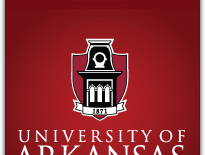Keywords
college presidents, senior college leadership, educational barriers
Abstract
American higher education has undergone a metamorphosis over the past three decades that has resulted in the emergence of new paradigms for academic program content, modalities for instructional delivery, configuration and delivery of student services, and expansion of outreach models. Central to this metamorphosis is the adult learner in American higher education. Once thought to be the minority in American higher education, adult learners now comprise 74% of all undergraduate college students in the United States (Radford, Cominole & Skomsvold, 2015). This marked shift in the student demographics has caused many American higher education institutions to reconsider the mission, purpose and emphasis of higher education thus causing changes to the operational models that exist at many institutions. Efforts to modify traditional operational paradigms have often been through trial and error and arguably with limited insight into the true needs of the adult learner in American higher education. The result has been two ideologies of academic and student services, including those for traditional students and a separate one for adult learners. The result has been a bifurcated system that exists in many higher education institutions that is arguably ineffective when meeting student needs.
Recommended Citation
Deggs, D. (2018). What College Presidents Need to Know about Adult Learners in Higher Education. Journal of Research on the College President, 2(1). https://doi.org/10.54119/jrcp.2018.203
Included in
Community College Education Administration Commons, Educational Assessment, Evaluation, and Research Commons, Educational Leadership Commons, Educational Psychology Commons, Education Policy Commons, Higher Education Administration Commons

